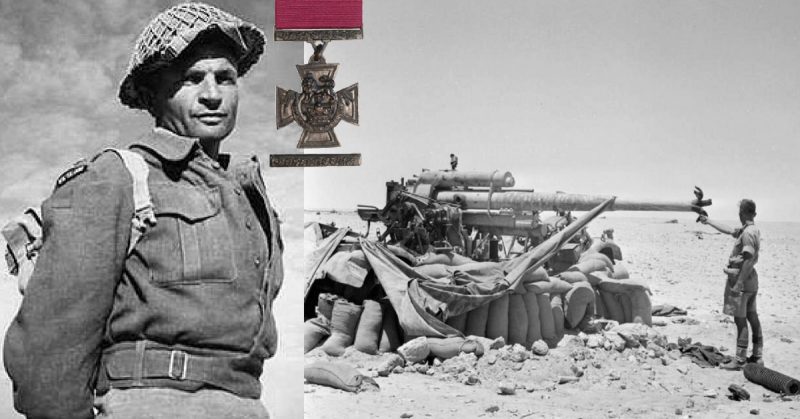When you have thrown on your first Victoria Cross, you have entered an elite fraternity in the history of war that commands the respect of all those to ever wear a uniform.
When you have earned your second and lived to tell about it, you are suddenly the only combat soldier to have ever done so.
Only three men in history have earned a second VC. The other two who managed this feat were medical officers: Col A Martin-Leake, who received the decoration in the Boer War and the First World War; and Capt N G Chavasse, who was killed in France in 1917. Chavasse’s family was related to Upham’s.
As such, the world should pause for a moment and take in the unsurpassed gallantry displayed by the man from New Zealand that the Germans couldn’t seem to keep down. Charles Upham picked up his first Victoria Cross in Crete in 1941 where his citation contained so many individual acts of gallantry it is hard to pick out the one that put him over the top.
His second Victoria Cross would come during the First Battle of El Alamein in 1942 that would end with him bleeding out, unable to move, and subsequently captured by the Germans. As a POW, he made so many attempts to escape that he was finally interned at Colditz Castle for the remainder of the war. When he would emerge in 1945, he would do so as the only man to receive two Victoria Crosses in the war – a source of great pride for New Zealand.
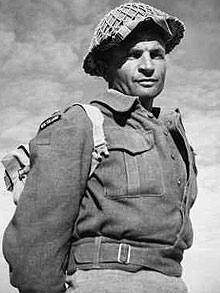
The Path to Military Greatness
Charles Upham was born in Christchurch, New Zealand in 1908. While he would go on to enter the halls of the military greats, his initial career path would see him in the businesses of running a farm rather than fighting. He served first in New Zealand’s Territorial Army, but he would be 30 years old before he would enlist in the 2nd New Zealand Expeditionary Force in 1939.
His age and natural maturity combined with his prior military experience, allowing him to stand out above the average new recruit. He was quickly promoted to Sergeant. He initially resisted encouragement to join an Officer Cadet Training Unit, but after continued pressure he was persuaded.
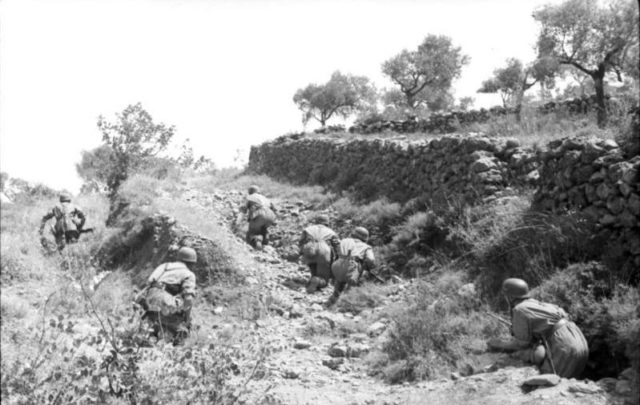
It wouldn’t take long before the newly minted officer was thrown into the action. He would pick up the first of his Victoria Crosses during the German invasion of Crete. During the initial phases of the fighting, Upham led his platoon over 3,000 yards without heavy weapons and took a strong German defensive position head on.
He personally destroyed 3 German machine gun positions with grenades and a pistol coming within a dozen yards of the last. Afterward, he helped evacuate the wounded under heavy fire and when it appeared an entire company was about to be cut off in the fighting, he was sent to retrieve them.
He passed over 600 yards through enemy territory to recover the platoon and led them to safety. He would later organize a counter-attack on advancing German forces that killed over 40 o the enemy before the order to fall back was given.
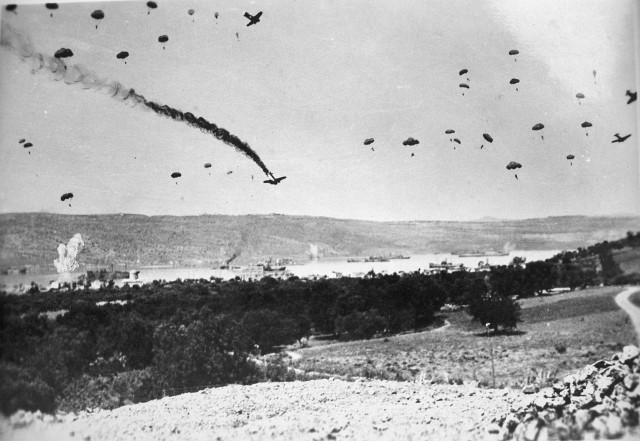
At this point in the fighting, he had already received mortar shrapnel wounds to the shoulder and a bullet in the foot but continued to fight on. When orders to withdraw south towards the coast were given, he sent his platoon under the command of the Platoon Sergeant and Upham moved forward to warn other units that they were about to be cut off.
As he pressed forward, 2 Germans popped out and fired upon him at which point Upham played dead. With only one functioning arm, he crawled to a tree to prop up the rifle and took out the two Germans as they advanced upon him. Later, still heavily wounded, he led his platoon and through clever tactics duped a section of German troops into exposing themselves, whereupon he quickly cut down 22 with a Bren Gun.
The Battle of Crete lasted 11 days, but when it was over Upham had put together an extensive resume for gallantry that could only be rewarded with the nation’s highest military honor.
One More for Good Form
After recovering from his injuries in Egypt, Upham was promoted to Captain and given command of a company of New Zealand troops in the Western Desert of Egypt. During the first Battle of El Alamein, Captain Upham continued his long history of leading from the front. By the evening of July 14th, he had already been wounded twice but continued to remain with his men.
During an attack on El Ruweisat Ridge, he personally went ahead of his company to assess the initial phase of the attack and braved heavy fire to bring back the vital information.
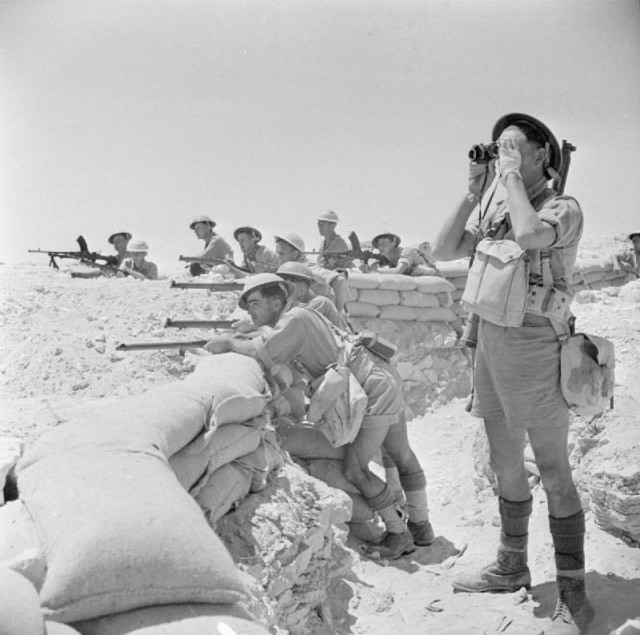
When his company was ordered into the main assault, they came under heavy fire from four machine gun nests and a number of tanks raining devastating fire down upon his men. However, Captain Upham could be seen and heard above the fire by his men and he rallied them at great risk to himself to take the objective.
He single-handedly destroyed several gun positions and a single German tank with his action, during which he was shot through the elbow, shattering his arm.
Weak from the loss of blood, he was finally removed to the Regimental Aid Post but once his wound was dressed he returned to his men, still under heavy fire. They continued to hold off the numerically overwhelming Germans throughout the day, but when he received additional wounds he finally collapsed and was unable to move.
His company had been reduced to 6 men, and the position was eventually overrun leading to his capture. For these actions, he would be awarded his second Victoria Cross after the war.
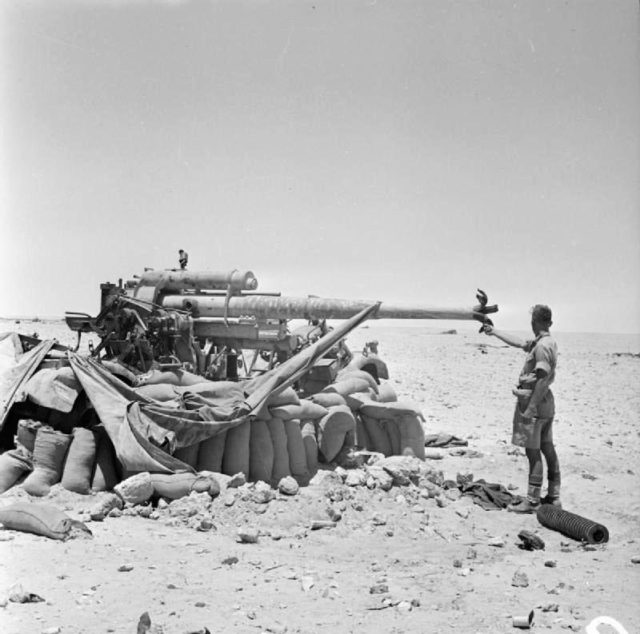
Fighting Till the End
Once in captivity, Upham miraculously overcame his wounds, and he never lost his willingness to fight. While recovering in an Italian hospital, he made multiple attempts to escape even breaking an ankle during one attempt to jump from a moving transport truck. In another case, despite being under heavy guard he bolted straight through the front gate which was open where the German guard in the tower reports he didn’t shoot Upham out of sheer respect.
Eventually, Upham was deemed such a threat that he was sent to the escape-proof Colditz Castle for the remainder of the war.
Once released near the end of the war, Upham attempted to join up with an American unit and was armed and ready to get back into the fight. However, the Allies had figured he had done enough, and he was sent to England where he would receive his awards for gallantry.
Upon realizing that this bar for his original Victoria Cross would be a rare event, King George VI pressed Major-General Howard Kippenberger whether Upham truly deserved it. The General replied, “in my respectful opinion, sir, Upham won the VC several times over.”
